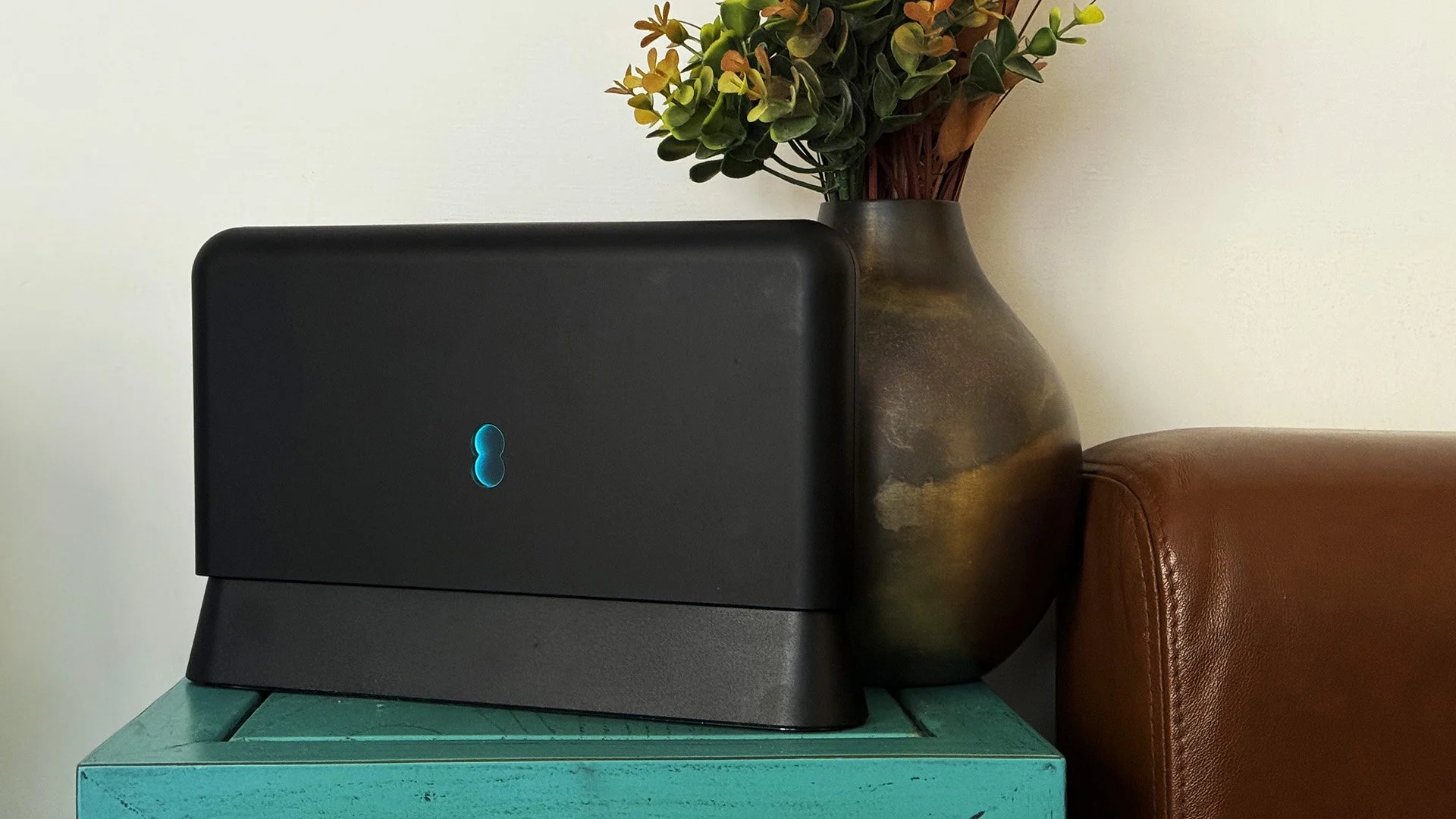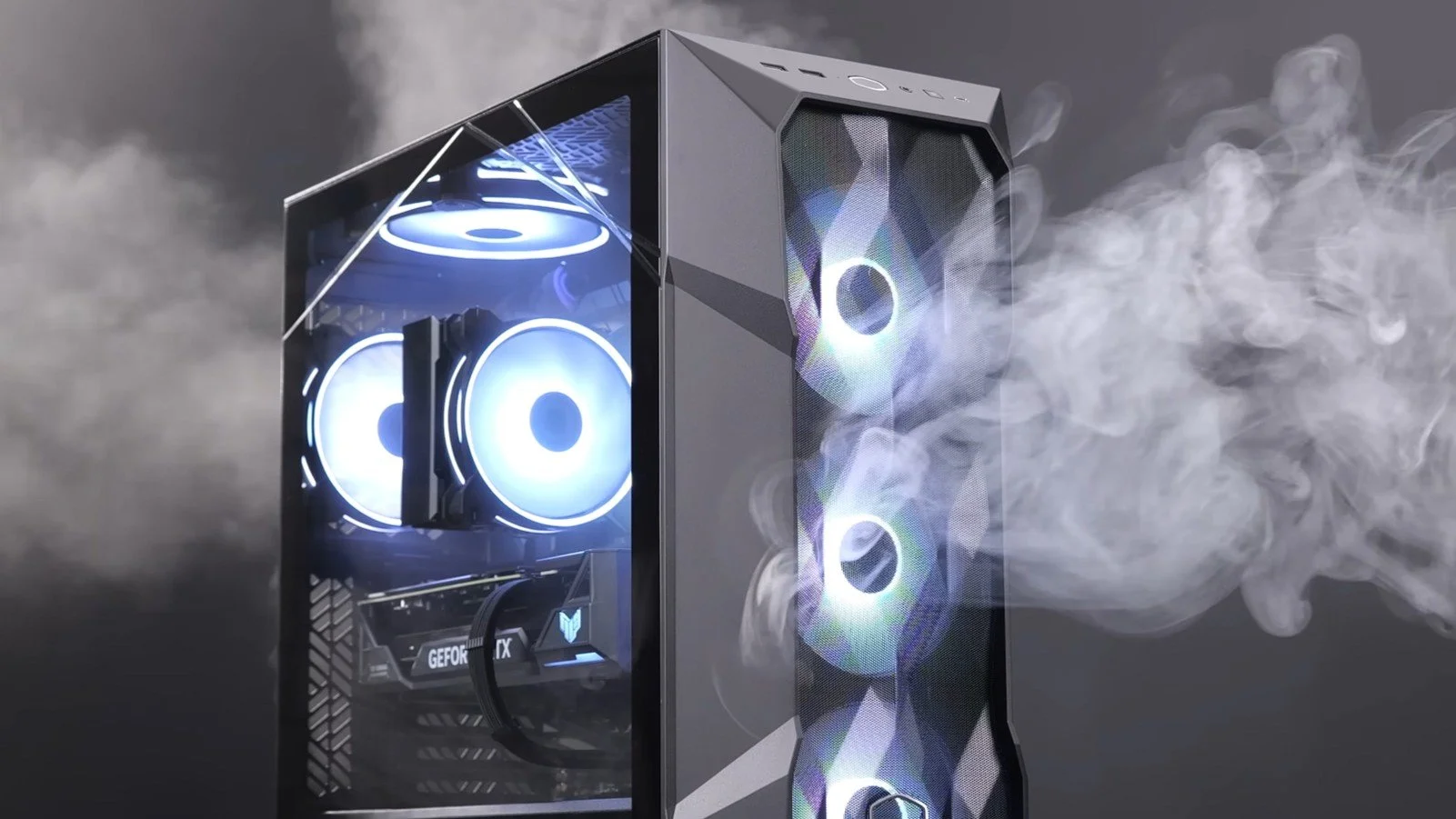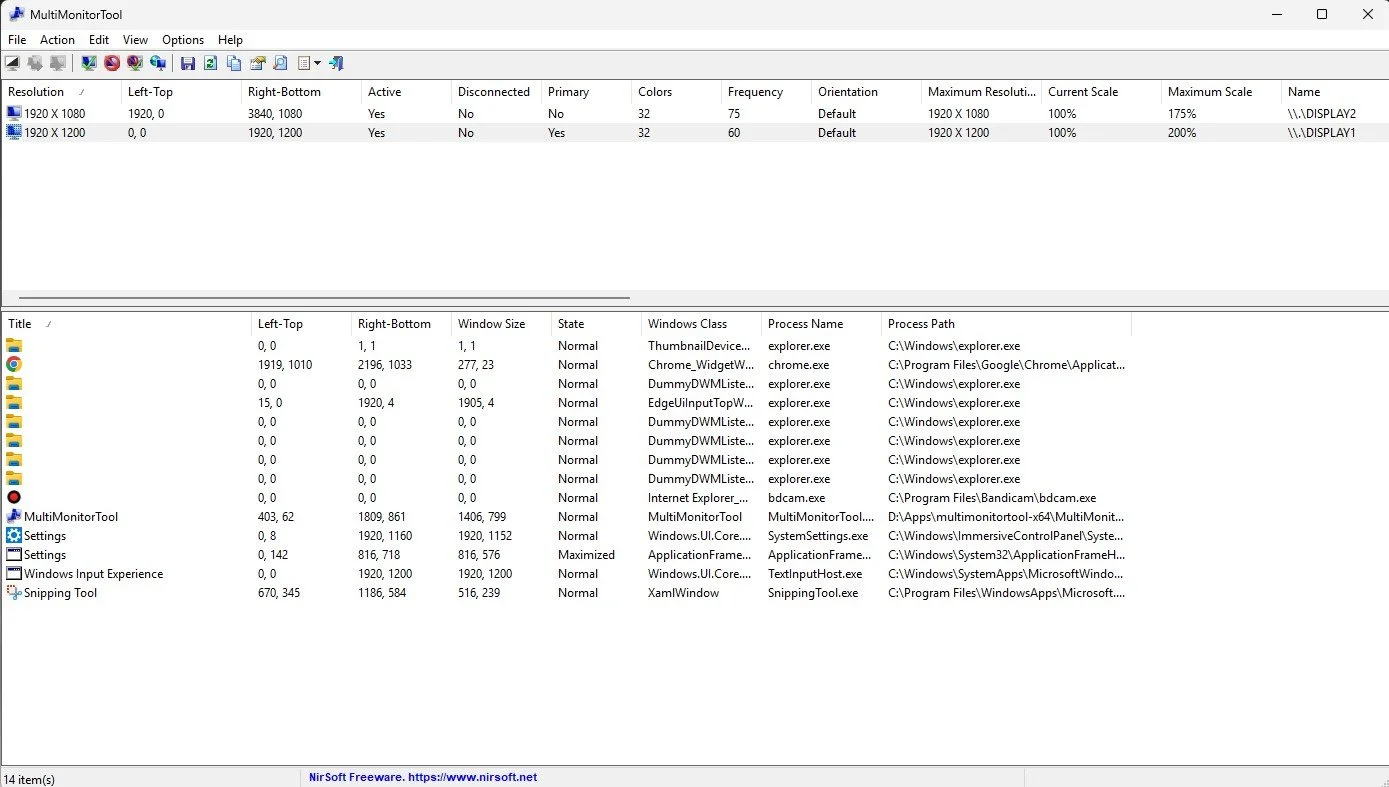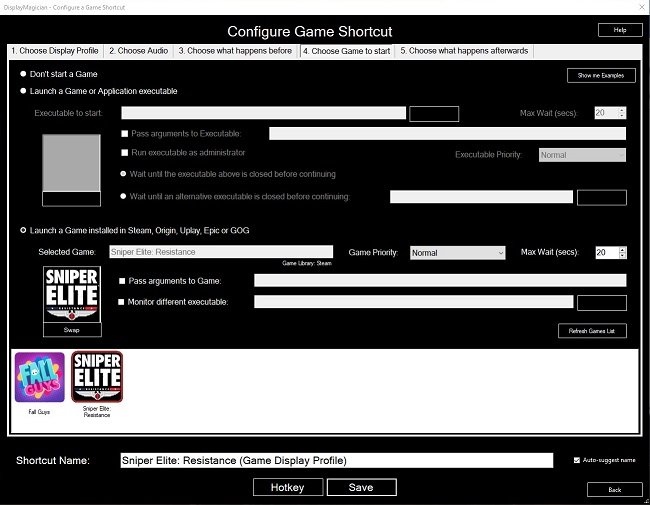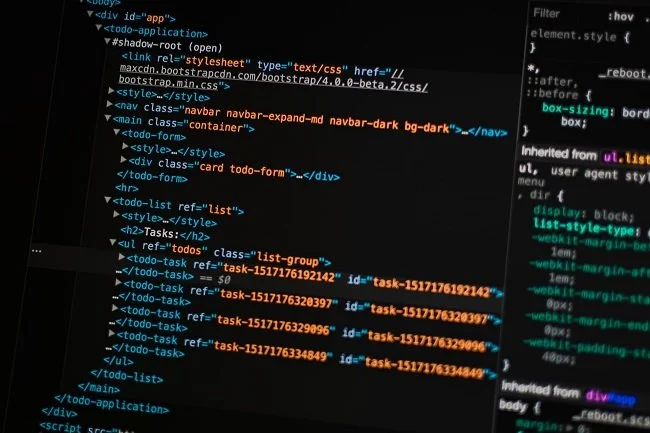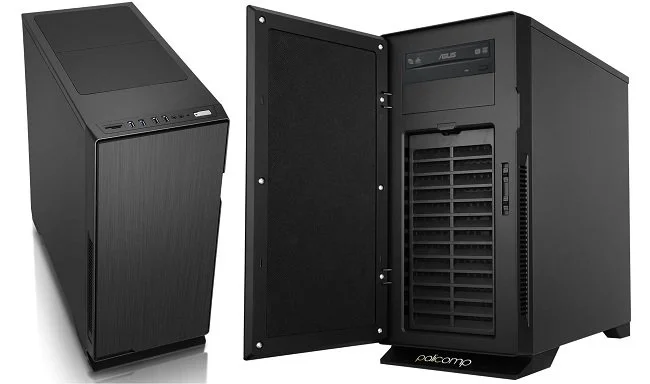PC Upgrade Time Again
Reading back through previous blog posts, it would appear that I upgrade my PC every 4 to 5 years, while replacing the various peripherals during the intervening time. Such changes are usually driven by creeping obsolescence, performance issues and on occasion by physical failure. When it comes to replacing a processor, graphics card and other parts, I tend to buy the best that I can get on the budget that I have available. Although I am far from broke, I am not in a position to spend whatever I want when it comes to buying technology. I have to work within the allotted funds available. Hence I don’t necessarily get the PC that I desire but I do end up with one that “gets the job done”. Online benchmark tests tend to show that my desktop PC is usually two thirds of the way up the current performance hierarchy.
Last November when the latest incarnation of Call of Duty was released (Modern Warfare II), I noticed that when I played the game at 1910 x 1200 on my primary monitor, it looked shit (a technical term). When I ran the game’s benchmark test it showed that the processor was fine but the existing graphics card was underpowered. As this is the primary game that I play at present, I decided to replace the card with a more robust model. Hence I bought an Nvidia GeForce GTX 1660 Super. This was the best model I could get on my budget and it has certainly improved the games performance. I also started playing using my second monitor which has a standard HD resolution of 1920 x 1080, just to squeeze a few more frames per second. I think this reasonable upgrade will prove viable for a while. Warzone 2.0 is by far the most demanding game out of those that I currently play.
I was hoping that this would be the last upgrade for a while but that has proven not to be the case. A few days ago, my PC shut itself down while I went to make a cup of coffee, and it wouldn’t reboot. I’m not exactly sure what happened but both the bios and the PSU were dead. To cut a long story short, I transferred the motherboard, processor, memory and various peripherals into an old case to determine any damage. The SSD, HDD and graphics card were still working but the rest wasn’t. After perusing Amazon and adding up the cost of replacement parts, I found it was more economical to buy a barebones PC from Palicomp. Hence I replaced my dead AMD Ryzen 5 3600 with Ryzen 7 5800X. The case is well designed to accommodate air flow and there is a substantial heatsink and fan for the processor incorporated in the build.
Fortunately, there were no major issues transferring the existing SSD and HDD into the new PC. The only minor issue I had was the PSU lacking an 8 pin PCIe power connector for the GPU. But there were several unused Molex power cables available, so I bought an adapter which arrived 24 hours later. The barebones PC came with 16GB RAM on a single DIMM which I retained, along with a DVD-RW drive, a GeForce GT 710 graphics card, a USB Bluetooth adaptor and USB Wifi adaptor. The latter 4 items were removed and have been added to my “spare parts” collection. I was inconvenienced for no more than 48 hours and as of now am back to my normal PC setup. However, this unforeseen upgrade has cost me £450 in total. It galls me somewhat that I’ll never know exactly what failed in my previous PC but such is the disposable nature of technology these days.
